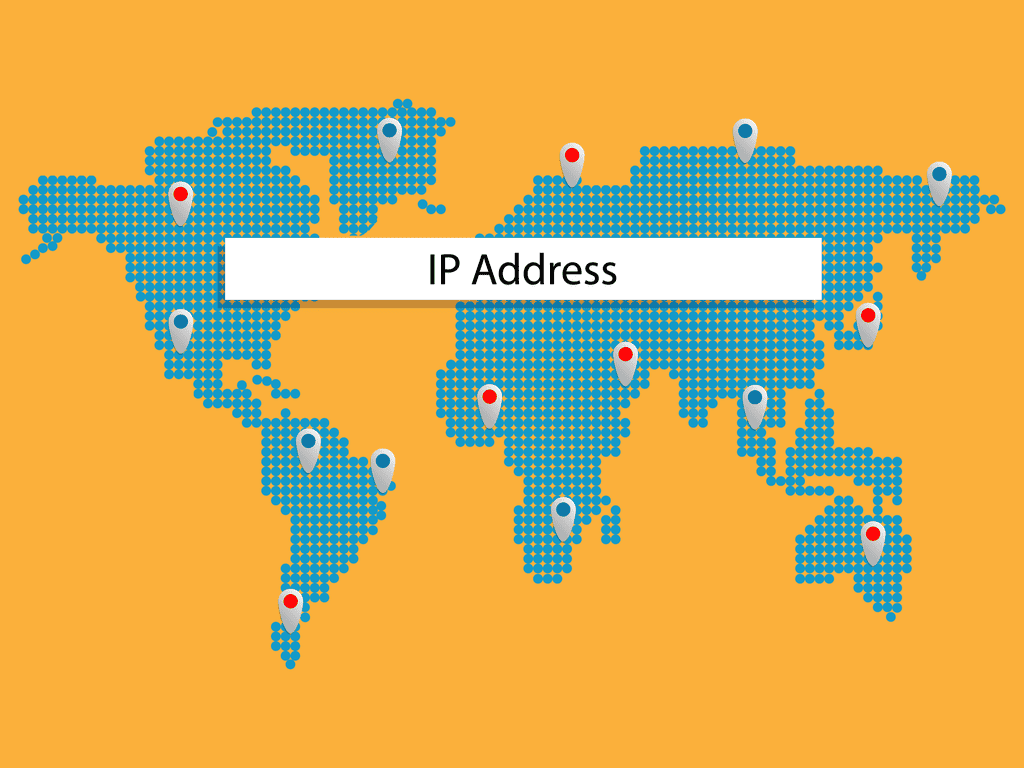When any technology advances, new versions and updates are created, and IP address technology is no exception. IP version 4 made 4.3 billion IP addresses, all 32-bit numeric, separated into 4 collections of numbers (between 0 and 255) separated by periods. These IP addresses served their purpose and are still used today; however, they eventually ran out.
As other connective technology advanced, the number of devices in circulation broadened. Think of how many devices apart from computers connect to the internet today; phones, TVs, gaming consoles – and that’s just the beginning. The average person needs at least 2 IP addresses, and those created in IPv4 soon became insufficient.
So, technology advanced and IPv6 stepped in to save the day. As the 32-bit formation of IPv4 addresses left such a limited amount of differing options (and each IP must be unique), the format of IP addresses has been updated. It is now 128-bit, written in both numerical and alphabetic values and separated by colons. This expansion of the IP addresses available helped IPv6 create a total of 340,282,366,920,938,463,463,374,607,431,768,211,456 (340 trillion trillion trillion) IP addresses – this amount hopes to future-proof our digital world, ensuring we don’t run out, but only time can tell…
Source link




